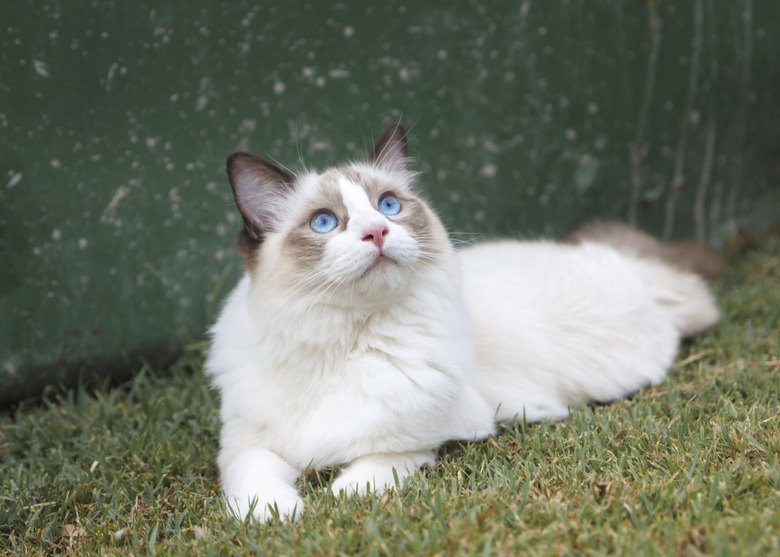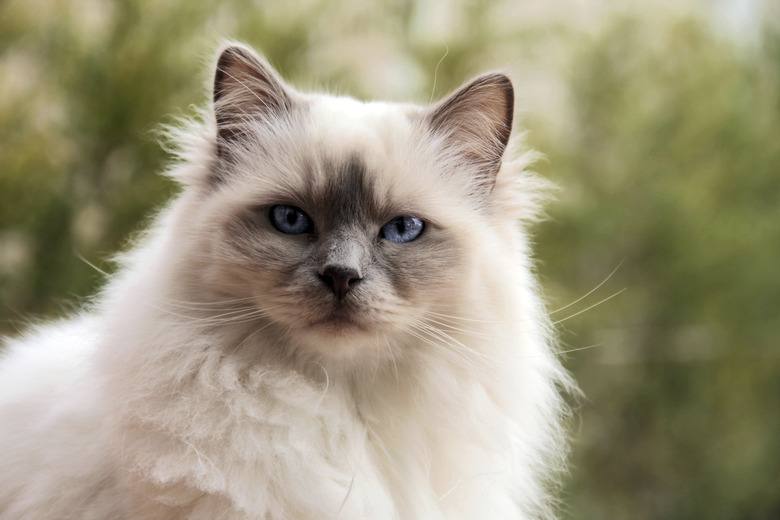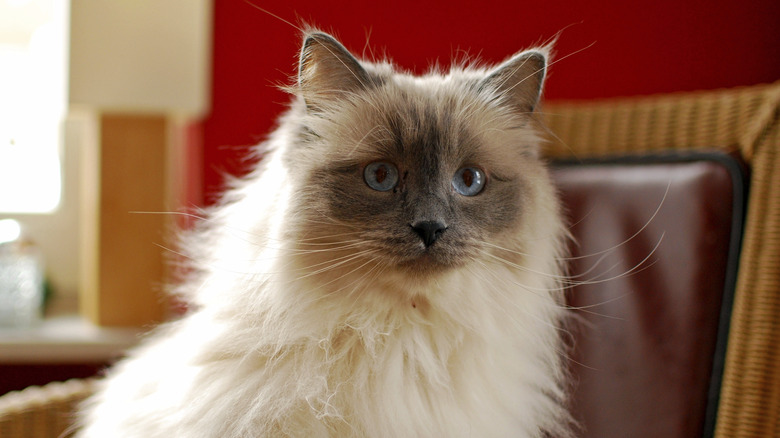The Differences Between Ragdoll & Birman Cats
The Birman and ragdoll are similar cat breeds that may be difficult to differentiate at first glance. This makes sense since the Birman breed was used in breeding the first ragdoll cats. There are several differences between the two breeds, including differences in the breed standard, history, and health.
Ragdoll vs. Birman history
Ragdoll vs. Birman history
The legend of the Birman cat is that they were raised in a temple in Birma by Kittah priests, and when their master died, his soul entered the cat, giving the Birman his beautiful coloring. However, there is no evidence that these cats originated in Birma. The breed can only be definitely traced back to 1920s France, and the cats were brought to the United States in the 1960s.
Ragdoll cats were developed in the 1960s by Ann Baker of Riverside, California. As with the Birman breed, there is a bit of mystery as to the origins of the breed. While the foundation cats are believed to be known, Baker alleges that the breed came about after the foundation female cat's genes were altered after an accident.
Birman and Ragdoll cat size comparison
Birman and Ragdoll cat size comparison
Ragdoll cats are larger than Birman cats. Ragdolls are a large breed of cat with females weighing 10 to 15 pounds and males weighing 15 to 20 pounds. Male Birman cats also tend to be larger than female cats, but they are considered a medium-large breed with an average weight of about 12 pounds.
Birman vs. ragdoll appearance
Birman vs. ragdoll appearance
While initially you may think there is little difference between the Birman and ragdoll cats, there are several differences in appearance that you can look for. Both breeds have blue eyes, long hair, and a pointed coat pattern. This coloring includes a light-colored body with darker coloring on the legs, tail, face, and ears.
The Birman cat breed comes in all pointed colors, and they have distinctive white feet. The ragdoll also comes in all the pointed colors, and while some may have white feet, this is not required under the breed standard.
Ragdoll cats also come in other colors and patterns, including a bicolor pattern with all white feet and legs and a mitted pattern with white front paws and hind legs and a white stripe from under the chin all the way down the underbelly. In addition, while both cats have silky hair, the ragdoll cat has a minimal undercoat, while the Birman does not have an undercoat.
Birman cat vs. ragdoll temperament
Birman cat vs. ragdoll temperament
While breed is not a reliable indicator of temperament, there are some differences in personality to consider between the two breeds. Birman cats are described as lap cats who are both loyal and loving. They are laid back and friendly and will bask in any attention you or your guests may offer. They may spend most of their time in the laps of their owners, but that doesn't mean they aren't playful and curious. They love chasing toys when the mood strikes.
Ragdoll cats are described as loving, social, and sweet. They live up to their name in that they will generally allow their body to go limp when you pick them up. They are quiet and affectionate and are very tolerant of other family members, including children and other pets.
Birman and ragdoll health
Birman and ragdoll health
Birman cats are generally a very healthy breed. The International Cat Association does not list any genetic health problems for owners to be concerned about. With proper care, healthy cats can live for nine to 15 years or more.
Ragdoll cats should be tested for hypertrophic cardiomyopathy. This is a common type of heart disease that may have a genetic component. The cats have a similar life expectancy as the Birman breed, living into their midteens or longer if they are healthy and receive proper care.


